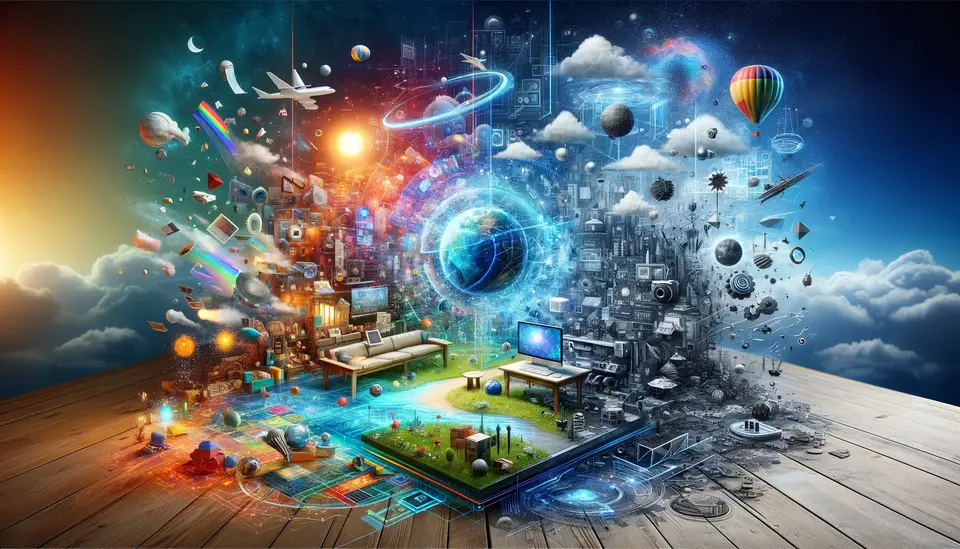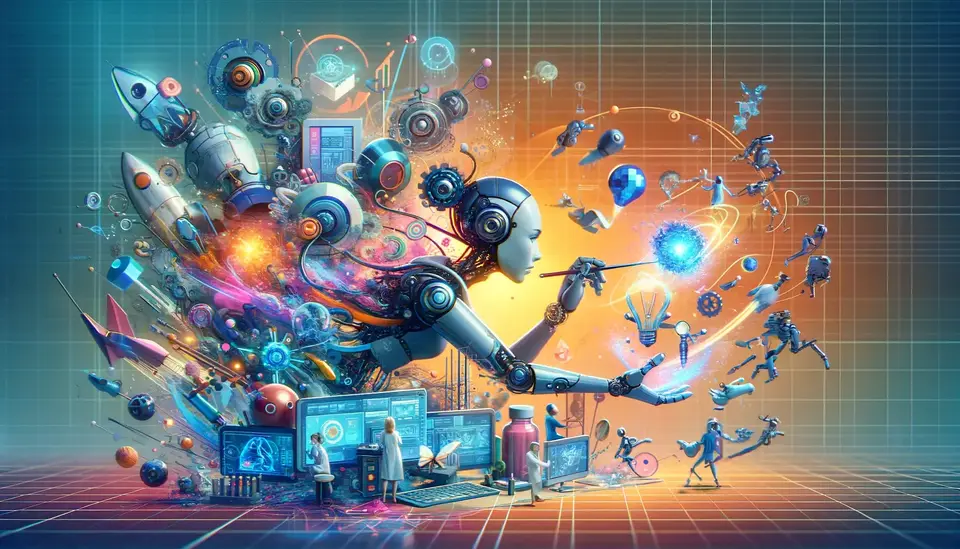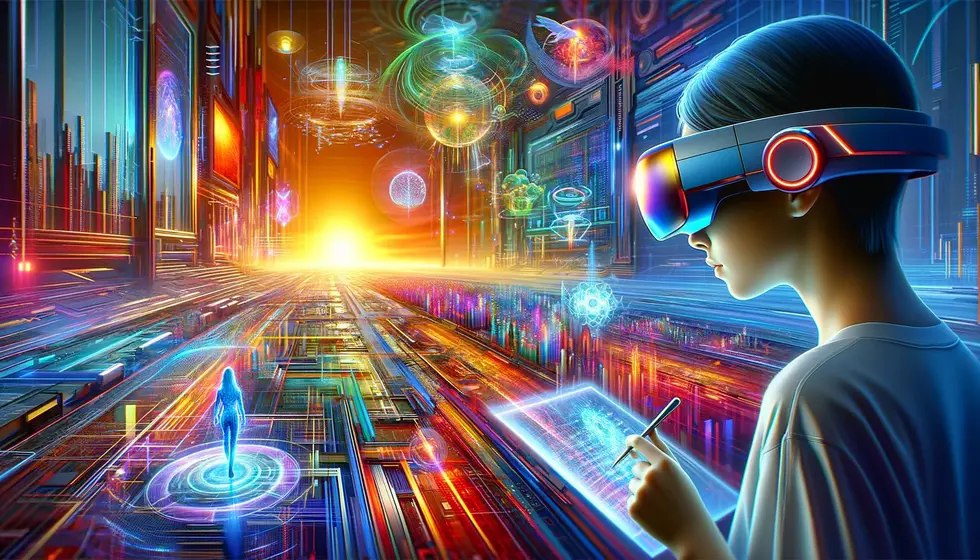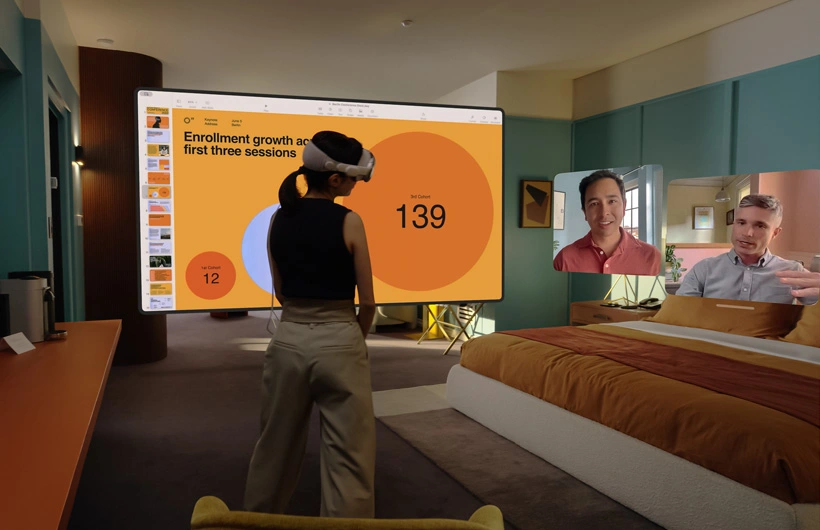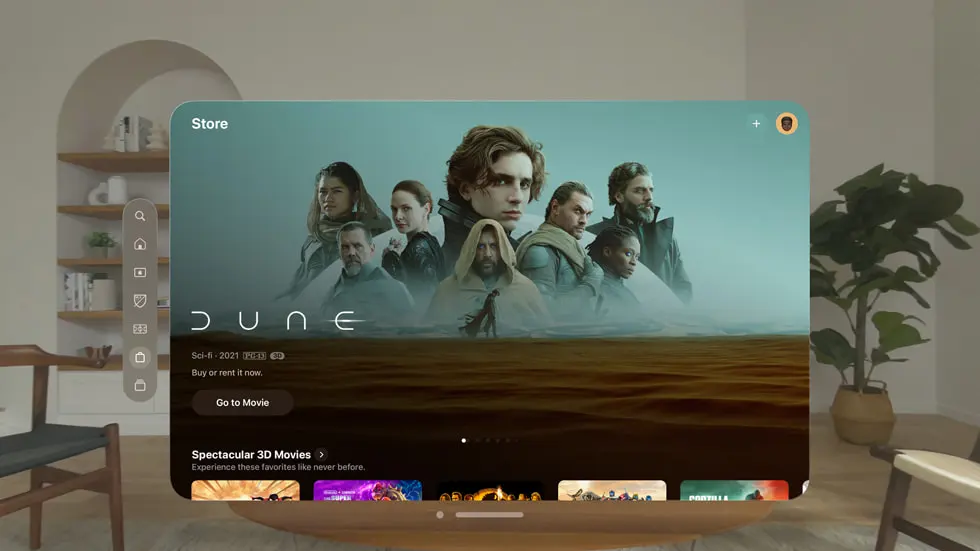15 Examples of the Use of Mixed Reality in Transportation
Posted on May 4, 2023 4 minutes 811 words
Table of contents
- 1. AR-Based Navigation Systems - WayRay Navion
- 2. Virtual Reality Training for Drivers and Pilots - UPS VR Driver Training
- 3. Augmented Reality in Public Transportation - Moovit AR Navigation
- 4. Airport Terminal Navigation - Gatwick Airport AR App
- 5. Drone Traffic Management - NASA’s UTM Project
- 6. Mixed Reality for Traffic Management - Siemens’ Concert
- 7. Virtual Showrooms for Cars - Audi VR Experience
- 8. Virtual Tourism - Google Earth VR
- 9. Immersive In-Vehicle Entertainment - Holoride
- 10. Augmented Reality for Cyclists and Pedestrians - RideOn Vision
- 11. Virtual Reality in Urban Planning - CityEngine
- 12. Mixed Reality for Maintenance and Repairs - Microsoft HoloLens
- 13. Augmented Reality for Emergency Response - Project Tango
- 14. Mixed Reality in Autonomous Vehicles - Waymo and HoloLens
- 15. Virtual Reality for Stress Relief During Long Journeys - Lufthansa’s VR Moving Map
- Conclusion
Mixed reality is revolutionizing the transportation industry by improving safety, efficiency, and user experience across various modes of transportation. From navigation systems to maintenance, mixed reality is paving the way for a smarter, more connected future. In this blog post, we’ll explore 15 real-world examples of mixed reality in transportation.
1. AR-Based Navigation Systems - WayRay Navion
WayRay Navion is an augmented reality navigation system that projects holographic directions onto the car’s windshield. This innovative technology reduces distractions and improves safety by keeping drivers’ eyes on the road.
2. Virtual Reality Training for Drivers and Pilots - UPS VR Driver Training
UPS uses virtual reality to train delivery truck drivers in a realistic and immersive environment. The VR simulations help drivers to improve their safety and navigation skills, ultimately reducing accidents.
3. Augmented Reality in Public Transportation - Moovit AR Navigation
Moovit, a public transportation app, has integrated AR navigation to help users locate bus stops, train stations, and other points of interest. The AR feature provides real-time information on schedules, routes, and delays.
4. Airport Terminal Navigation - Gatwick Airport AR App
Gatwick Airport has developed an AR app that assists passengers in navigating the terminal. The app provides personalized directions and real-time information about flights, gate changes, and boarding times.
5. Drone Traffic Management - NASA’s UTM Project
NASA’s Unmanned Aircraft Systems Traffic Management (UTM) project aims to use mixed reality to safely and efficiently manage drone traffic. This system visualizes drone flight paths and allows for real-time adjustments in response to changing conditions.
6. Mixed Reality for Traffic Management - Siemens’ Concert
Siemens’ Concert is a mixed reality traffic management system that visualizes traffic flow and identifies potential problem areas. By using 3D visualizations and real-time data, traffic operators can make better-informed decisions to improve traffic flow.
7. Virtual Showrooms for Cars - Audi VR Experience
Audi has introduced a VR showroom experience that allows customers to explore and customize vehicles in a fully immersive environment. This innovative approach has enhanced the car-buying experience by providing more options and personalization.
8. Virtual Tourism - Google Earth VR
Google Earth VR allows users to explore distant locations without the need for physical travel. By using virtual reality, travelers can experience a new level of immersion and reduce their environmental impact.
9. Immersive In-Vehicle Entertainment - Holoride
Holoride, a startup backed by Audi, is developing mixed reality entertainment experiences for passengers in cars, buses, and trains. Their technology adapts to the vehicle’s movement, creating immersive gaming and movie experiences.
10. Augmented Reality for Cyclists and Pedestrians - RideOn Vision
RideOn Vision has developed AR goggles for cyclists and pedestrians that provide real-time information about their surroundings, such as directions, points of interest, and potential hazards. This technology aims to enhance safety and user experience.
11. Virtual Reality in Urban Planning - CityEngine
CityEngine, an urban planning software, integrates virtual reality to allow planners to visualize and test their designs in a simulated environment. This approach streamlines the planning process and helps identify potential issues before construction begins.
12. Mixed Reality for Maintenance and Repairs - Microsoft HoloLens
Microsoft HoloLens has been utilized by companies such as Airbus to guide technicians through complex maintenance and repair processes. Using real-time data and visual overlays, HoloLens helps technicians work more efficiently and accurately.
13. Augmented Reality for Emergency Response - Project Tango
Google’s Project Tango uses augmented reality to help emergency responders navigate disaster-stricken areas and coordinate rescue efforts more effectively. The technology creates 3D maps and provides real-time information about the environment and obstacles, allowing responders to make informed decisions and save more lives.
14. Mixed Reality in Autonomous Vehicles - Waymo and HoloLens
Waymo, an autonomous vehicle company, is exploring the integration of Microsoft HoloLens to provide passengers with an enhanced travel experience. By combining mixed reality with autonomous driving, passengers can access real-time information about their journey and interact with their surroundings in new and engaging ways.
15. Virtual Reality for Stress Relief During Long Journeys - Lufthansa’s VR Moving Map
Lufthansa has introduced a virtual reality moving map on select flights, allowing passengers to escape the monotony of long journeys by immersing themselves in relaxing environments. The VR Moving Map offers a range of experiences, from exploring underwater worlds to soaring through the clouds, providing a unique and soothing experience for travelers.
Conclusion
Mixed reality is transforming the transportation industry, bringing new levels of safety, efficiency, and user experience to various modes of travel. These real-world examples showcase the potential of mixed reality, and as further research and development takes place, we can expect even more groundbreaking applications in the near future. The integration of mixed reality into transportation systems and infrastructure will continue to shape the way we move, creating a more connected, informed, and immersive world.



